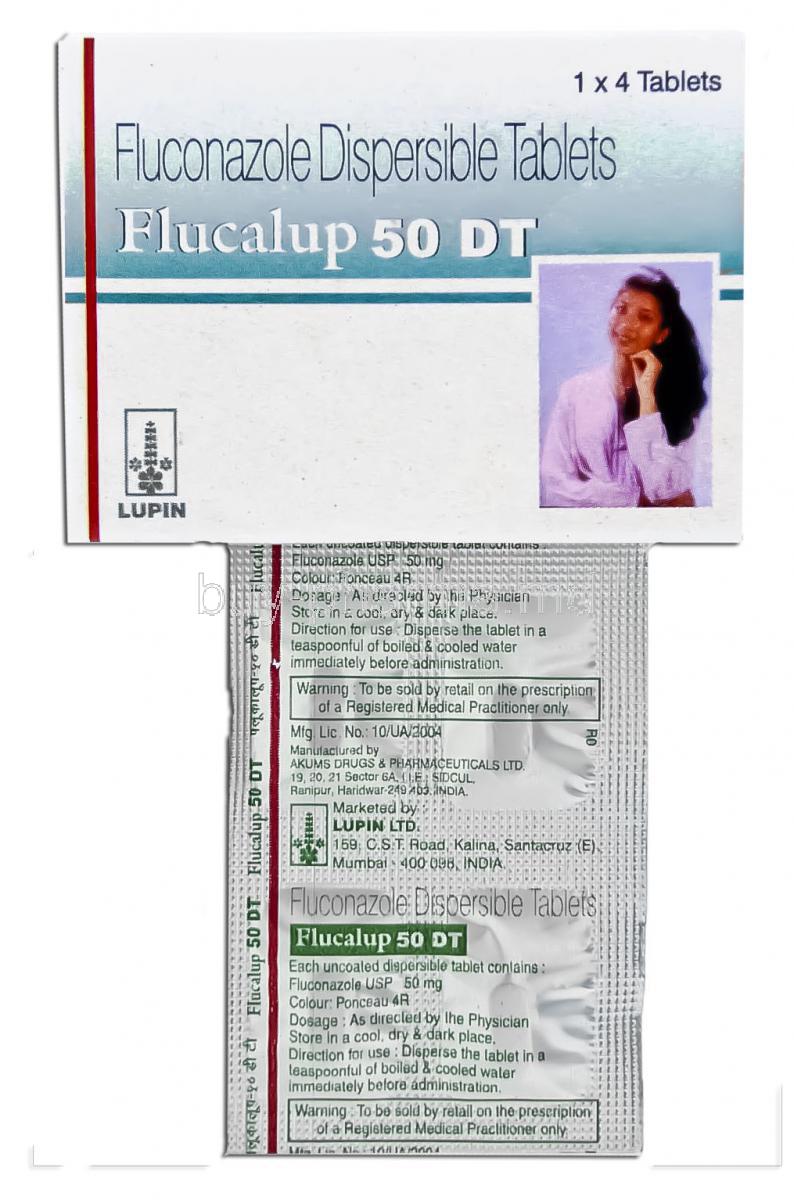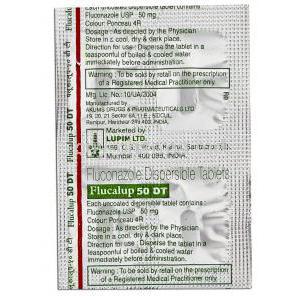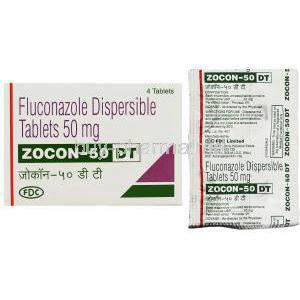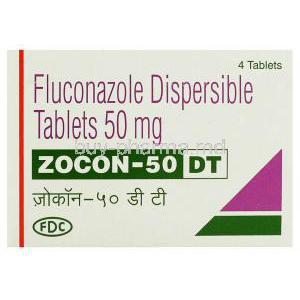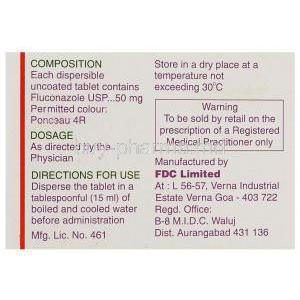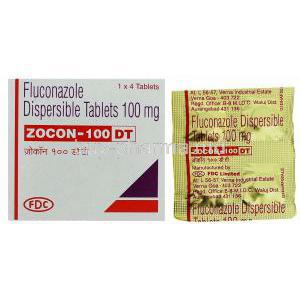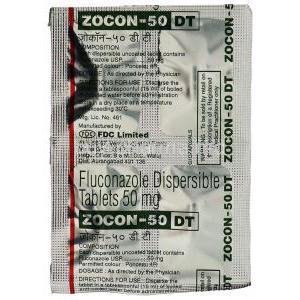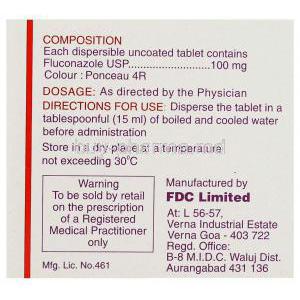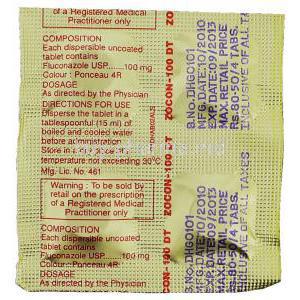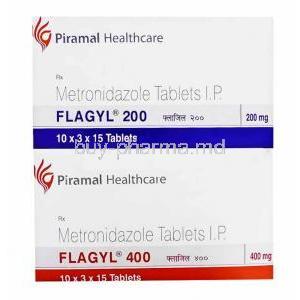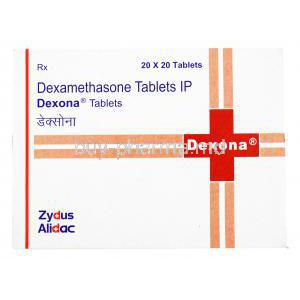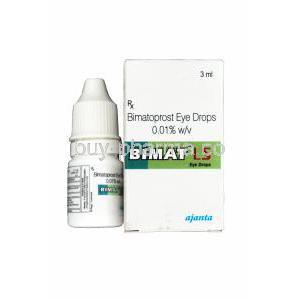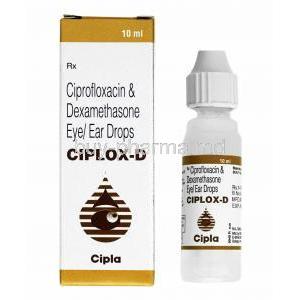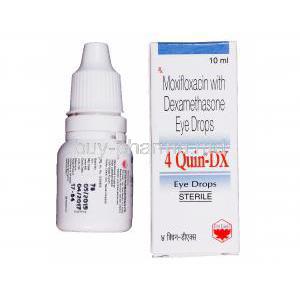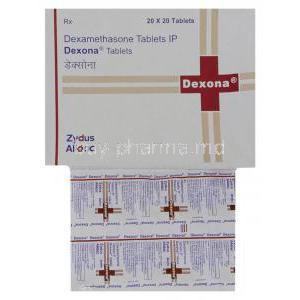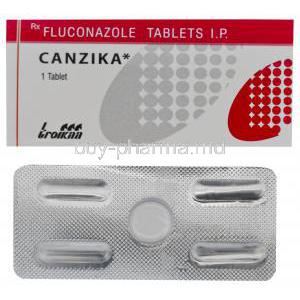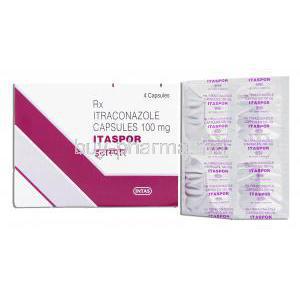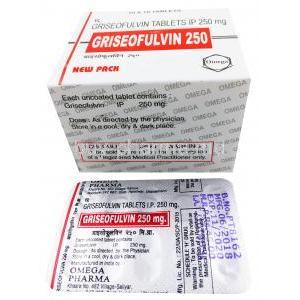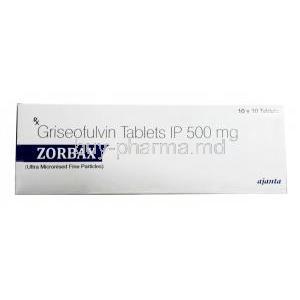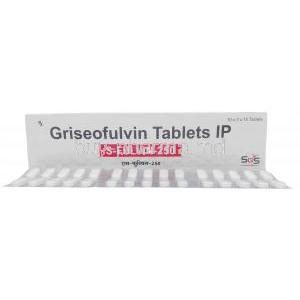Fluconazole Dispersible
- 1. Introduction to Fluconazole Dispersible
- 2. Composition of Fluconazole Dispersible
- 3. Mechanism of Action: How Fluconazole Works
- 4. Uses of Fluconazole Dispersible
- 5. Off-Label Uses of Fluconazole
- 6. Dosage and Administration of Fluconazole
- 7. Administration in Specific Populations
- 8. Side Effects of Fluconazole Dispersible
- 9. Important Precautions with Fluconazole
- 10. Fluconazole interactions
- 11. Warnings and Contraindications
- 12. Handling and Storage of Fluconazole Dispersible
- 13. Overdose Information
- 14. Handling Precautions for Fluconazole
- 15. Careful Administration Considerations
1. Introduction to Fluconazole Dispersible
Overview of Fluconazole
Fluconazole Dispersible is an antifungal drug designed to treat various fungal infections effectively. It is well known for its ability to attack the membranes of cells ultimately causing their destruction.
Formulation and Availability
This medicine comes in a tablet that can dissolve in liquids making it simpler to give. Fluconazole Dispersible can be purchased at pharmacies and healthcare centers worldwide.
2. Composition of Fluconazole Dispersible
Active Ingredients
Fluconazole Dispersible mainly consists of fluconazole, which serves as an antifungal substance. Fluconazole is a member of the class of triazoles that is propane-2-ol substituted at positions 1 and 3 by 1H-1,2,4-triazol-1-yl groups and at position 2 by a 2,4-fluorophenyl group.
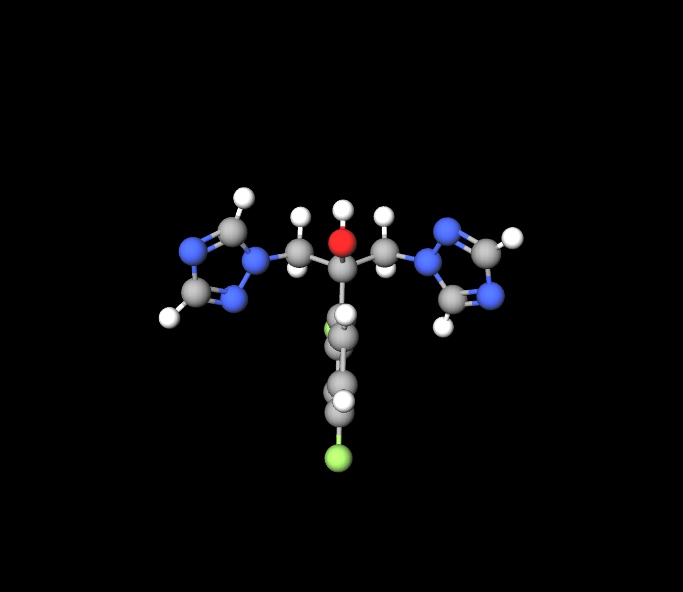
3. Mechanism of Action: How Fluconazole Works
Antifungal Activity
Fluconazole Dispersible works by affecting the process of ergosterol synthesis, which's important for forming the cell membrane in fungi. When this pathway is blocked fluconazole causes damage, to the cell membrane ultimately resulting in the death of cells.
Biochemical Pathways Affected by Fluconazole
The medication targets the enzyme P450 14α demethylase, which hinders the process of transforming lanosterol into ergosterol, a crucial element in the structure of fungal cell membranes.
4. Uses of Fluconazole Dispersible
Approved Indications
- Candidiasis: This includes vaginal candidiasis, oropharyngeal candidiasis (thrush), and esophageal candidiasis (candida esophagitis).
- Cryptococcosis: Used in the treatment of fungal meningitis caused by Cryptococcus species.
- Histoplasmosis: An infection caused by the fungus Histoplasma capsulatum.
- Dermatophytosis: Used to treat skin infections caused by dermatophytes (such as ringworm).
- Tinea Versicolor: A common skin condition caused by Malassezia yeasts1234.
Spectrum of Antifungal Efficacy
The medicine works well against types of fungi such as Candida species and Cryptococcus neoformans, and others.
5. Off-Label Uses of Fluconazole
Alternative Therapeutic Areas
Fluconazole Dispersible is not used for its approved purposes but also for treating fungal infections in individuals, with weakened immune systems.
-
Additionally, fluconazole is used to prevent candidiasis in individuals at high risk, such as:
- Organ Transplant Recipients
- Low Birth Weight Babies
- Individuals with Low Blood Neutrophil Counts1.
Evidence Supporting Off-Label Use
Studies conducted in settings and individual patient accounts often showcase the benefits of using Fluconazole Dispersible, in situations that were not originally sanctioned by regulatory bodies laying the groundwork for doctors to prescribe it off label.
6. Dosage and Administration of Fluconazole
Standard Dosage Recommendations
The typical dose can differ based on the kind and seriousness of the infection, typically falling between 150 mg to 400 mg per day.
Adjustments for Specific Populations
Patients with kidney problems or undergoing dialysis may need to adjust their dosage to avoid the drug building up in their system.
Fluconazole dosage for yeast infection
Adults should take 200 milligrams on the day then 100 milligrams daily, for a minimum of 3 weeks. Your doctor may adjust your dosage if necessary. For children aged 6 months to 13 years the dosage is determined by body weight. Must be prescribed by a doctor.
How fast does fluconazole work
It usually takes some time to get rid of a yeast infection. Even though you only take this medicine once, it stays effective in your system for a few days. Typically, most individuals can notice their symptoms getting better within 24 hours. If your symptoms don't improve after taking this medication for 3 5 days it's best to reach out to your healthcare provider.
How long does it take for a yeast infection to go away with fluconazole
Fluconazole is commonly recommended in a 150 mg dose, and most women experience symptom improvement within one to three days. In about 90% of cases, a single dose effectively treats the infection leading to vaginal yeast cultures, within 72 to 96 hours.
Fluconazole for dogs
Fluconazole is commonly prescribed for dogs and cats to combat infections that can impact various parts of their bodies such as the skin, claws, brain, respiratory tract, bones and other tissues. It's important to note that fluconazole is not effective in treating infections caused by bacteria parasites, like worms, mites or viruses.

7. Administration in Specific Populations
Administration to Elderly Patients
Elderly individuals might need changes in medication doses depending on their kidney function and general health condition to ensure effectiveness and reduce the risk of side effects.
Administration to Pregnant Women and Nursing Mothers
During pregnancy, it is advisable to use Fluconazole Dispersible when the benefits outweigh the potential risks to the fetus considering its ability to pass through the placental barrier.
Administration to Children
The safety and efficacy in children are determined by the nature of fungal infections, in both kids and adults requiring appropriate dosage adjustments.
8. Side Effects of Fluconazole Dispersible
Common Side Effects
Fluconazole Dispersible is known for its effectiveness in treating fungal infections.
- It can lead to certain common side effects like gastrointestinal issues such as nausea, vomiting and diarrhea.
- Additionally individuals may experience alterations in taste, a metallic taste along with mild, to moderate headaches and skin rashes.
Serious Adverse Reactions
Rarely, Fluconazole Dispersible may cause side effects that require immediate medical attention, such as heart-related issues like QT prolongation resulting in palpitations or severe irregular heartbeat liver problems, like elevated liver enzymes and hepatitis and severe allergic reactions including anaphylaxis.
How long do fluconazole side effects last
How long do the side effects of fluconazole usually persist? Fluconazole may lead to side effects with some being more prevalent than others. These effects could be temporary ranging from a days, to several weeks. If you experience bothersome side effects or if they worsen significantly it's advisable to consult your healthcare provider or pharmacist.
9. Important Precautions with Fluconazole
Before Starting Fluconazole
Before prescribing Fluconazole Dispersible, it's important to check for any allergies to azoles to prevent allergic reactions.
- Make sure to review the patient's medications to avoid any possible interactions.
- Additionally assess the liver and kidney function to decide on the dosage and ensure safety.
Monitoring Requirements
Continuous monitoring while using Fluconazole Dispersible is essential for ensuring safety.
- It's important to conduct liver function tests to quickly identify any signs of potential liver damage.
- Patients with kidney problems should have their renal function monitored closely.
- Additionally electrocardiograms should be performed for patients undergoing treatment to detect any changes, in the QT interval.
Fluconazole over the counter
Fluconazole, known as Diflucan is an used medication for treating yeast infections that can be taken in a single dose. It's important to note that while yeast infection pills like this one need to be prescribed by a doctor they cannot be purchased over the counter. Each option, whether its prescribed yeast infection pills or over the counter medications, for yeast infections comes with its set of pros and cons.
How long does it take for fluconazole to work
It might take around 1 to 2 weeks for the medication to show its impact. If you don't see any improvement in your condition after 7 days of using fluconazole for thrush, balanitis or oral thrush it's important to consult your doctor. Your healthcare provider might suggest continuing the treatment, for a period or recommend an alternative antifungal therapy.
10. Fluconazole interactions
There are medications apart from fluconazole that can impact the heart rhythm (QT prolongation) such as pimozide, quinidine, macrolide antibiotics like erythromycin and others.
- When taking Fluconazole Dispersible, it's important to be aware of interactions with other medications that could affect their effectiveness or increase side effects. For instance anticoagulants like warfarin may have effects leading to a higher risk of bleeding.
- Some antidiabetic drugs may also require dosage adjustments due to their effectiveness. Additionally, interactions with cyclosporine used in transplant patients can elevate its toxicity level.
- Furthermore, fluconazole might slow down the elimination of medications from your system, impacting how they function. Examples of affected drugs include abrocitinib, asunaprevir, domperidone, flibanserin, lemborexant, lomitapide macitentan, mavacamten, nirogacestat, and others.
Impact on Pharmacokinetics
The use of Fluconazole Dispersible can impact how other drugs work in the body:
- It may slow down how some drugs are broken down by the P450 system, causing higher levels of those medications in the blood.
- It can also help certain medications get absorbed better, which could potentially result in effects.
- Additionally, it might reduce how quickly drugs, like tacrolimus, are removed from the body, increasing their presence and the likelihood of experiencing side effects.
Fluconazole and Metronidazole
Metronidazole and fluconazole are prescribed for kinds of vaginal infections. Metronidazole is an antibiotic used for treating vaginosis and trichomonas vaginal infections while fluconazole is an antifungal medication used to address vaginal fungal infections caused by Candida.
Can I take Fluconazole and Boric acid together
Adding Boric Acid and Wisp Equalizing Probiotics to your arsenal against yeast infections can be really helpful. Combining boric acid with fluconazole purchased online can quicken the healing process. Reduce the risk of future infections.
11. Warnings and Contraindications
Patients should be careful when using Fluconazole Dispersible in situations.
- Those with heart problems like QT prolongation should steer clear of this medication to prevent any worsening conditions.
- It is not recommended for people with liver problems or significant liver damage.
- If someone has a known sensitivity to fluconazole or similar medications, they should avoid using this drug.
Foods to avoid while taking Fluconazole
Stick to meals and avoid consuming heavy or spicy dishes. Consider taking your fluconazole medication after eating a meal or snack. If you experience nausea try drinking amounts of water regularly to prevent dehydration. Signs of dehydration include decreased urination frequency or having urine with an odor.

Fluconazole and Alcohol
Although there are no interactions between fluconazole and alcohol, it is advisable to refrain from consuming alcohol while using the medication. Fluconazole has been known to cause drug-induced liver damage in some individuals. Moreover, alcohol consumption can also increase the risk of liver injuries.
12. Handling and Storage of Fluconazole Dispersible
It's important to handle and store Fluconazole Dispersible to ensure its effectiveness and safety.
- Store the tablets at room temperature in a place away from direct sunlight.
- Keep the medication in its packaging until you're ready to use it to shield it from light.
- Make sure the storage location is inaccessible to children and pets.
13. Overdose Information
Symptoms of Overdose
- Taking too much Fluconazole Dispersible could lead to serious stomach problems like feeling nauseous, throwing up, and having belly pain.
- It may also cause experiences like seeing things that aren't there and feeling overly suspicious.
- You might feel very dizzy and even risk passing out.
Emergency Procedures and Antidote
In case of an overdose, it is important to seek help right away.
- Contact emergency.
- Go to a hospital as soon as possible.
- Providing treatment and supportive care in a medical facility is crucial.
- There is no antidote available; the treatment primarily involves symptom management and supportive measures.
14. Handling Precautions for Fluconazole
When dealing with Fluconazole Dispersible it's important to prioritize safety measures to avoid any exposure.
- Healthcare professionals are advised to wear gloves while handling the medication to prevent contact with the skin.
- Additionally, it is recommended not to crush or break the tablets unless, for their intended use, as this can help prevent inhaling any powder.
15. Careful Administration Considerations
When giving Fluconazole Dispersible, it's important to be extra careful with vulnerable patients.
- Keep a watch on the liver and kidney functions of those with pre-existing conditions.
- Make sure to adjust the dosage according to how the patient's body can handle the medication.
- Take into account age and weight when determining the dose, especially for kids and older individuals.

